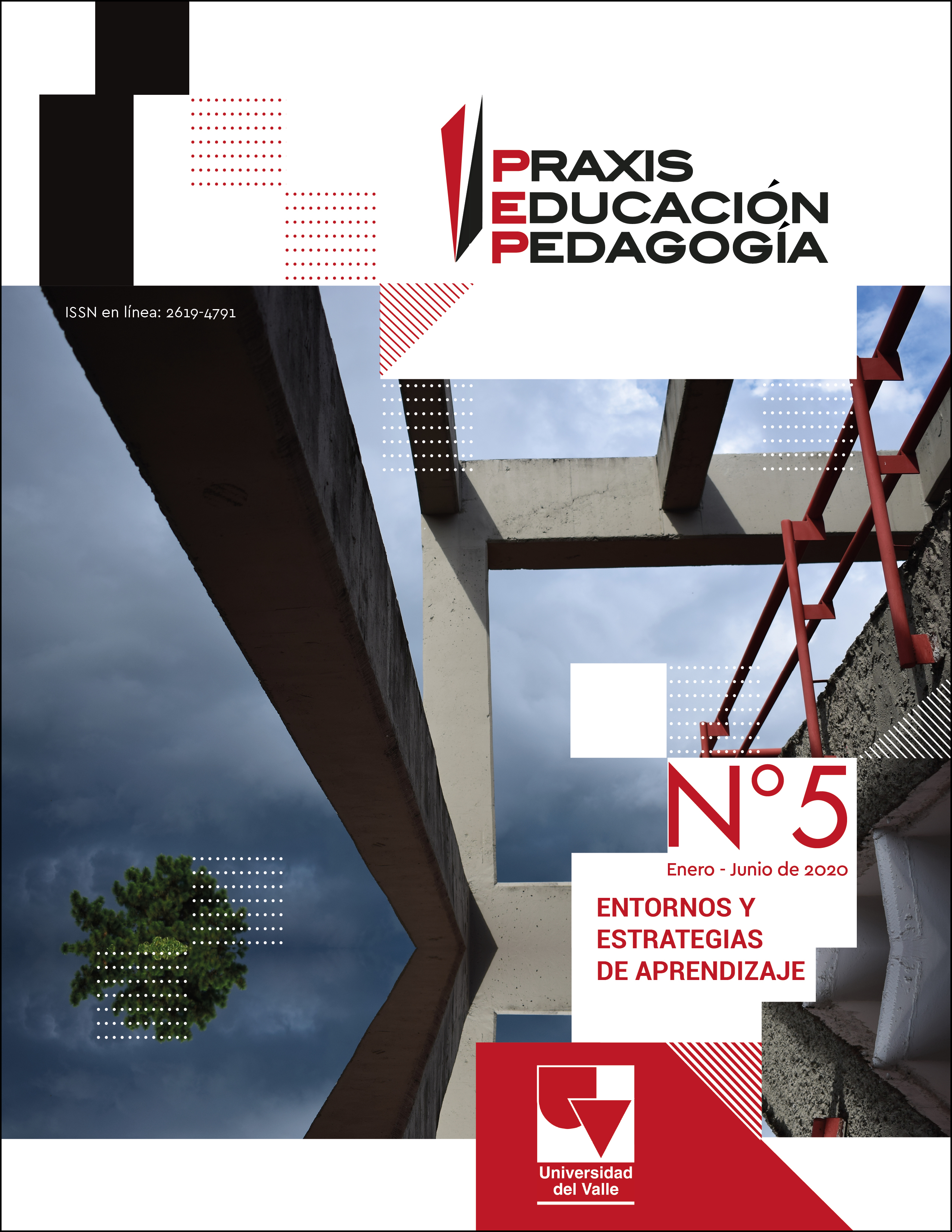Teacher training devices: setting links between Dapichi´ and Pleiades
Main Article Content
The object of this study is the generation of training devices to favor science education in contexts of interculturalism. The goal of this experience is to connect scientific and vernacular knowledge on the same subject and its teaching in primary school. For the study, we took part in an aboriginal teacher training institute, for which a workshop was designed, developed and implemented, based on the proposed objective. This paper defines the main elements of Bilingual Intercultural Education and relates the image of school science to Aboriginal Worldviews on a particular topic: Pleiades. The methodology that governs this work is action research; the implemented activities were set in ancestral knowledge determined by the chosen theme. Records were obtained through written productions, observations, interviews, document analysis, etc.
Finally, the results show the importance of stories as a way of transmitting ancestral knowledge, highlighting the fact that there are different versions of them. The majority of students who participated in the activity knew Pleiades, narrations associated with them and gave an account of their movement in the night sky, in such a way that links could be established between ancestral and scientific knowledge. On the other hand, the relevance of the designed training device exhibited students’ metacognitive work.
- Scientific knowledge
- Vernacular knowledge
- Teacher training
- Intercultural Bilingual Education
- Pleiades
Adúriz-Bravo, A., Godoy, E., Iglesias, M., Bonan, L. y González Galli, L. (2006). Las imágenes de ciencia y de científico en una propuesta de educación inclusiva para todos y todas. En: Añaños Bedriñana, F. Educación social: formación, realidad y retos (pp. 427-435). Granada: Editorial Universitario.
Chadwick, G. (2019). Aportes a la Educación Intercultural Bilingüe: los vínculos entre las representaciones científicas y vernáculas sobre Las Pléyades en el Gran Chaco. (Tesis de Maestría). Facultad de Filosofía y Letras, Universidad de Buenos Aires, Argentina.
Hecht, A. y Schmidt, M. (2016). Maestros de la Educación Intercultural Bilingüe. Regulaciones, experiencias y desafíos. Buenos Aires: Centro de Publicaciones Educativas y Material Didáctico.
Kemmis, S. (1988). El currículum: Más allá de la teoría de la reproducción. Madrid: Morata.
López, A. (2008). Las Pléyades, el sol y el ciclo anual entre los mocovíes. En: VI Congreso Argentino de Americanistas. Buenos Aires: Astronomía cultural.
Ministerio de Educación, Cultura, Ciencia y Tecnología (2012). Currículo para la Educación Primaria del Chaco. Resistencia, Provincia de Chaco, Argetnina. Recuperado de: http://www.dirdocumentacion.com.ar
Sánchez, O. (2010). Rasgos culturales de los Tobas. Resistencia: Librería de la Paz.
Sánchez, O. (1987). Togueshic l’aqtaxanaxac na Qompi. Antiguos relatos Tobas. Junta Unida de Misiones.
Sarasola, C. (2013). Nuestros paisanos los indios. Buenos Aires: Del Nuevo Extremo.
Sirvent, M. T. y Rigal, L. (2012). Investigación Acción Participativa. Un desafío para nuestros tiempos para la construcción de una sociedad democrática. Buenos Aires: Páramos Andinos.
Stauffer, J., Hartmann, L., Fazio, G., Allen, L., Patten, B., Lowrance, P., Hurt, R., Rebull, L., Cutri, R., Ramirez, S., Young, E., Rieke, G., Gorlova, N., Muzerolle, J., Slesnick, C., & Skrutskie, M. (2007). Near- and Mid-Infrared Photometry of the Pleiades and a New List of Substellar Candidate Members. The Astrophysical Journal Supplement Series, 172(2), 663-685.
Tola, F. y Descola, P. (2012). Yo no estoy solo en mi cuerpo: cuerpos-personas múltiples entre los tonas del chaco Argentino. Buenos Aires: Biblos.
Downloads

This work is licensed under a Creative Commons Attribution-NonCommercial-ShareAlike 4.0 International License.





